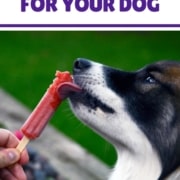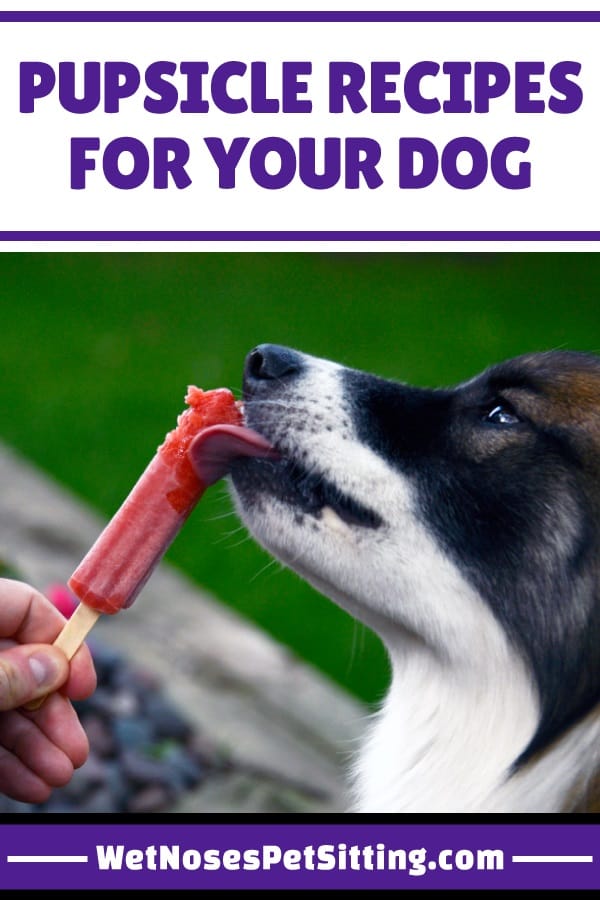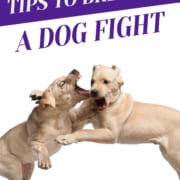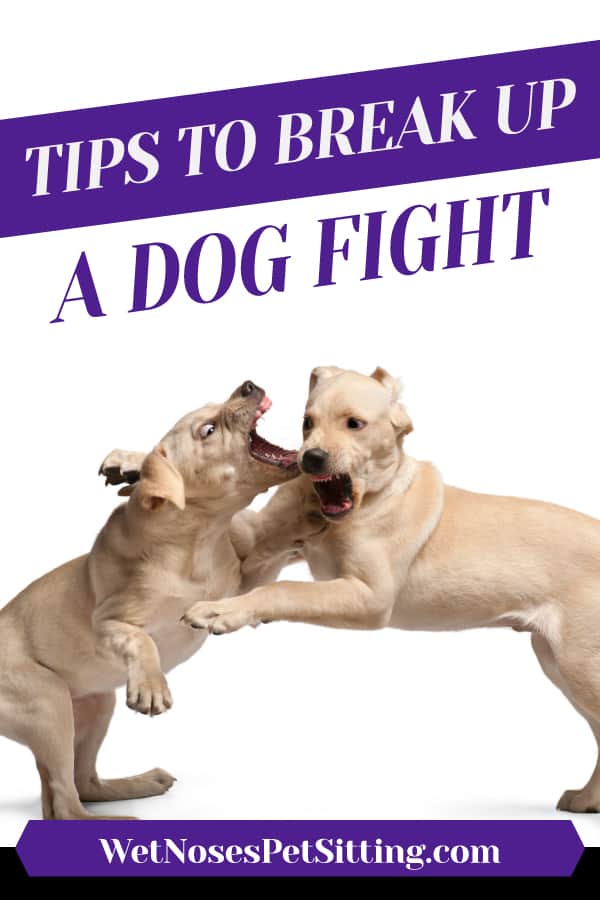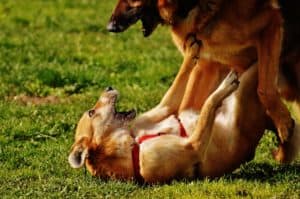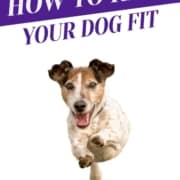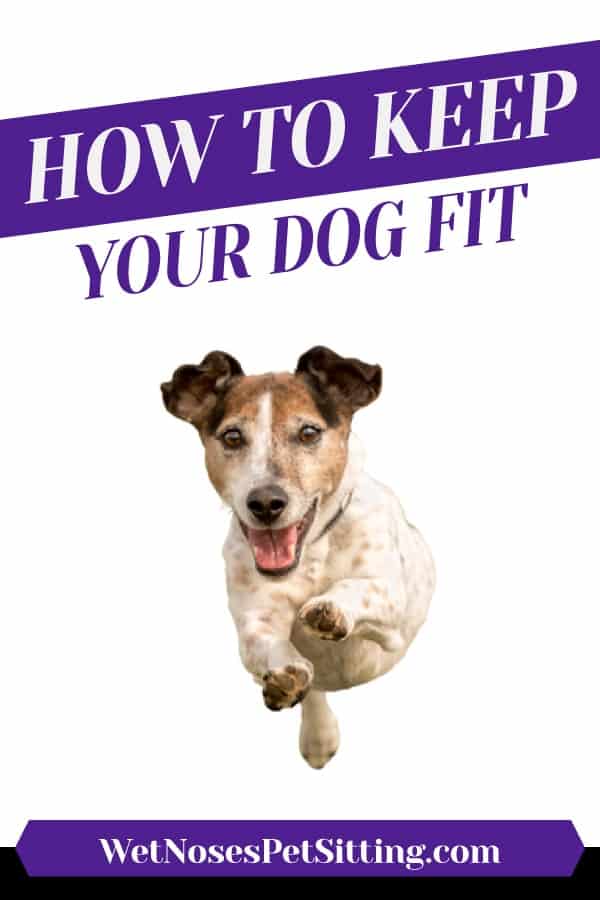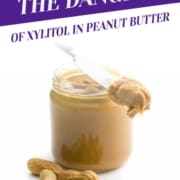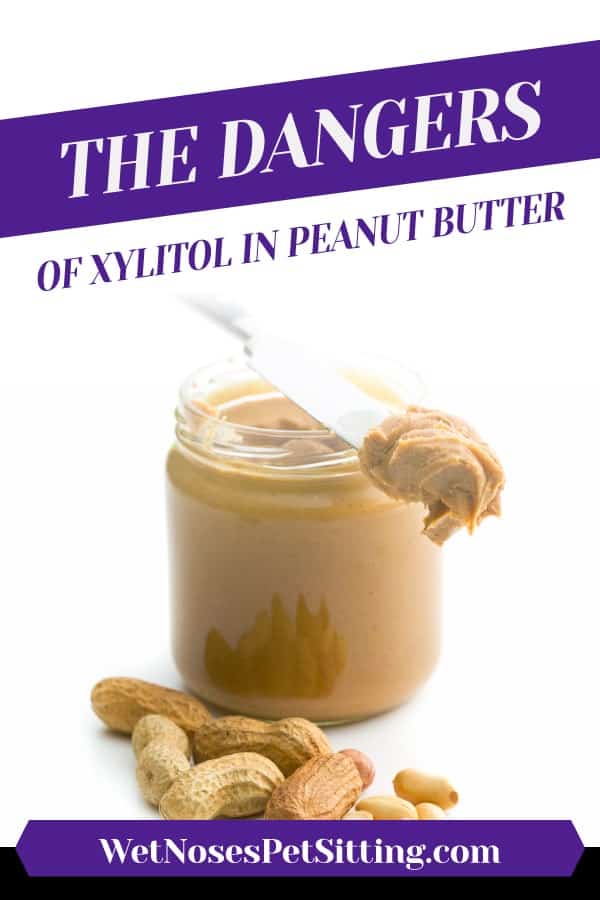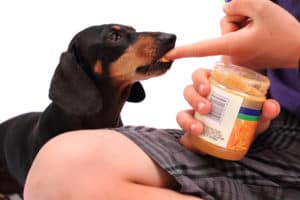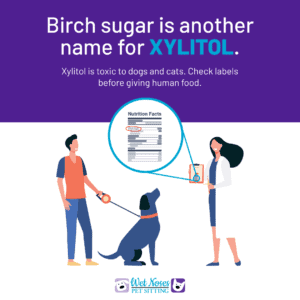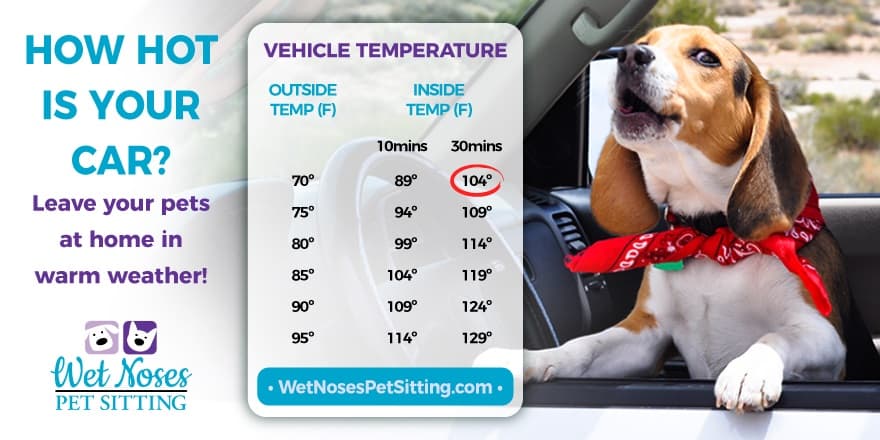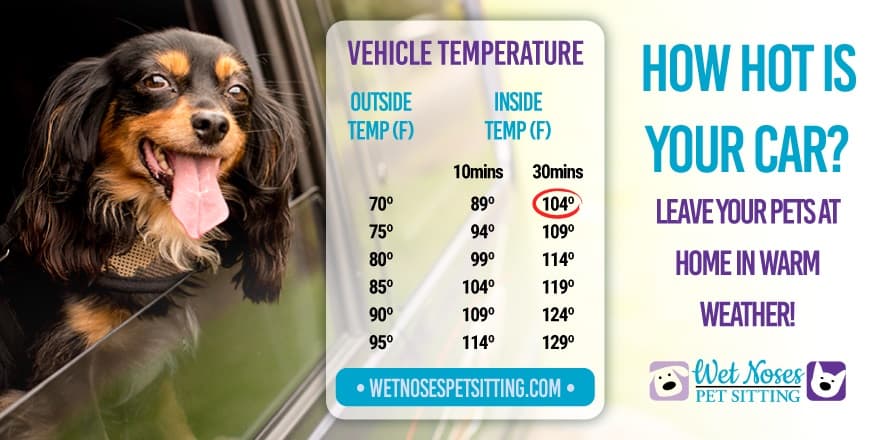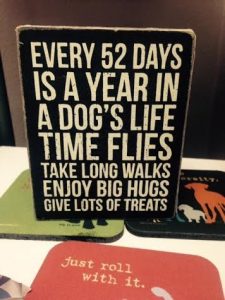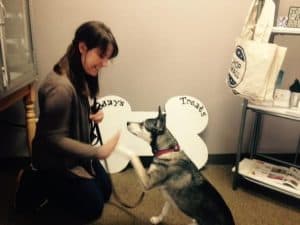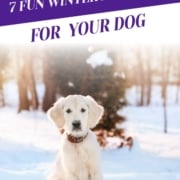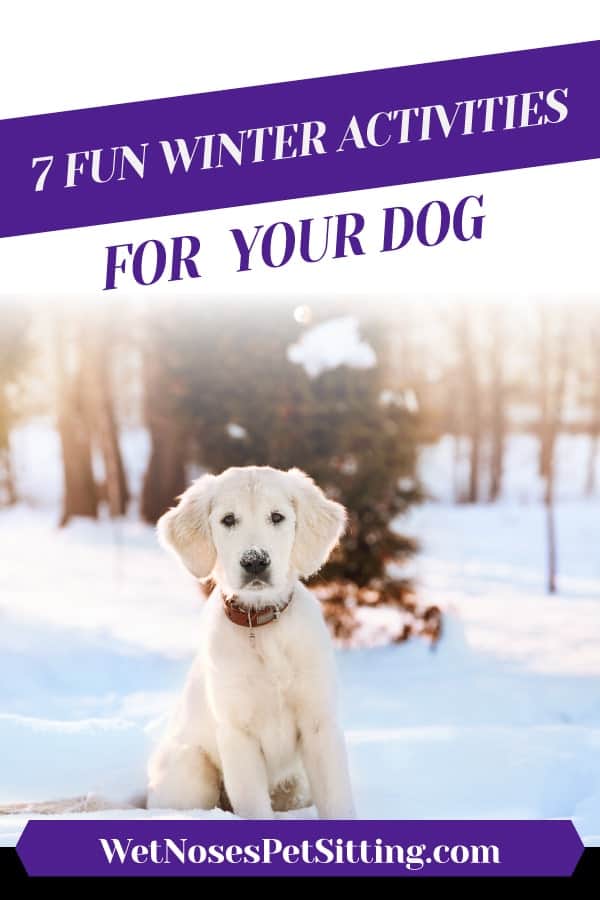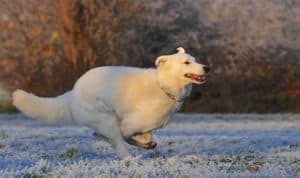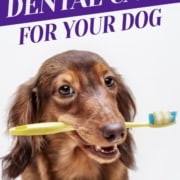3 Things to Do With A New Puppy
Getting a new puppy is a very exciting time. There are so many things to do, like puppy proofing and potty training, that you know will be good for your puppy in the long run. But what other things can you do to make living with your puppy easier and more fun in the future.
The following is a list of three things, that you may not think of, that will make life with your grown up puppy so much easier.
1.Go to the vet
This may seem simple but go to the vet as soon as possible (ideally within the first ten days) when you get a new puppy. This is important because it gives your vet a baseline to compare to if your puppy gets sick.
Additionally, most breeders and shelters will give you a list of vaccinations that your puppy has gotten and the dates. Make a copy of this and give your vet a copy. This will help your vet schedule vaccinations correctly so that your puppy is protected.
Also talk to your vet about the ideal age to spay or neuter your new puppy. In almost all cases, getting your dog fixed is best for his or her health later in life.
2.Poke, prod and pet
This may seem like a weird idea but it will really pay off in the long run. Puppies are much more amiable to being handled than most adult dogs, so take the opportunity to get your puppy used to it.
Practice common, but potentially stressful tasks like clipping bits of your dog’s nails, brushing teeth, and brushing fur.Also practice giving your dog exams. Run your hands over your dog’s body, check inside his ears, open his mouth, pick up his paws. Letting your puppy get used to this now will make vet exams much easier when your puppy grows into a potentially 50 pound dog.
If you have children, or your dog could be around children, the poke part is important. Even the most well behaved and dog savvy kids ( or their friends) may poke or prod your adult dog. Get your puppy used to this and it will minimize the chance of someone getting bitten.
This includes touching your dog while he eats, taking food, bones and toys out of his mouth, moving the bowl and touching his tail. Every time your puppy does not react to these things, positively reinforce this behavior.
3.Train
Most people who have dealt with puppies know they have very short attention spans, but you can still train them starting at 8 weeks. Just be sure to use short training sessions and be accepting of the fact that your puppy may have forgotten the last session.During early training find the positive reinforcement method you would like to use, such as treats,a clicker, rubs, or toys.
Some important things to teach your puppy:
-Come: I think this is the single most important command your dog will know.If your dog runs away or gets away from you, a well learned come command makes a big difference.
-How to walk on a leash properly: Teach your puppy how to walk by your side and not to pull.It is much easier to teach a 10 pound puppy this than a 50 pound adult dog.
-Not to eat food off the ground:This may sound like an odd one but this means that you teach your puppy to only eat out of people’s hands and bowls.This is really important because it reduces the chance that your puppy (or adult dog) will eat something harmful off the ground.
There are lots of online resources for training puppies, but it is always good to seek out the help of an experienced dog trainer.
Getting a new puppy is a fun time, full of learning for your puppy and you. These tips should help turn your puppy into a well behaved and easy to handle adult do.



